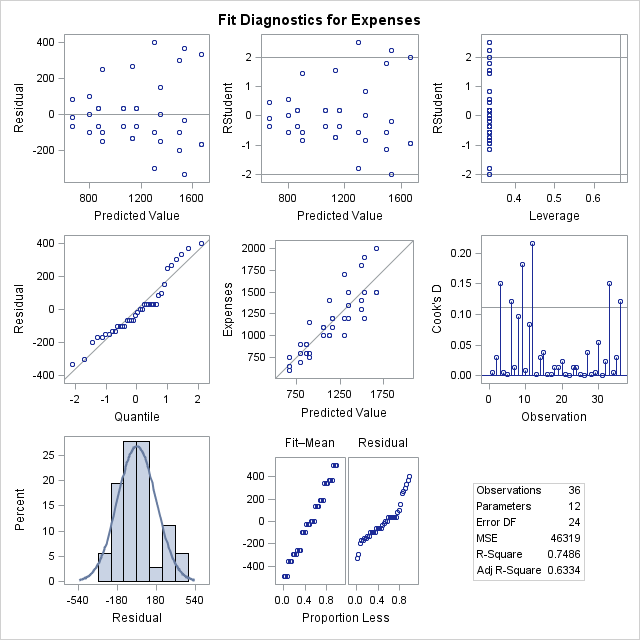South African Elections: A Statistical Safari with the McNamara Test, Chi-Square Contingency Tables, and Logistic Regression
Greetings, esteemed policy makers and curious readers! Welcome to a thrilling exploration of the recent South African elections, brought to you by Bogoni Research. Today, we dive into the wild world of voter behavior using the McNamara test, chi-square contingency tables, and logistic regression. Sit back and enjoy this journey through the political savannah!
The Electoral Jungle: What Just Happened?
The 2024 elections have wrapped up, and the political landscape of South Africa looks like a bustling savannah. Here’s the lay of the land:
ANC: The once-mighty lion of the electoral jungle, saw its share of the vote drop from 58% in 2019 to 43% in 2024.
DA: Our sleek cheetah, picked up speed, climbing from 21% to 23%.
EFF: The fiery hyena, experienced a decline, shrinking from 11% to 9%.
MK: The newcomer jackal, captured 5% of the vote, assumed to have poached supporters from the ANC and EFF.
The McNamara Test: Uncovering Shifts in Voter Behavior
First up, let’s whip out our trusty binoculars—the McNamara test. This statistical tool helps us spot changes in voter loyalty by comparing paired data, like who people voted for in 2019 versus 2024.
Imagine we had asked voters: “Who did you vote for in 2019?” and “Who did you vote for in 2024?” By comparing these responses, the McNamara test helps us identify significant shifts. Did a significant number of ANC supporters switch to MK? Did EFF voters migrate to the DA? It’s like tracking the migration patterns of our political wildlife.
…
Stay curious, stay informed, and remember, in the jungle of politics, it’s all about knowing where the lions, cheetahs, hyenas, and jackals roam. Happy exploring!










